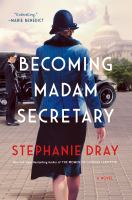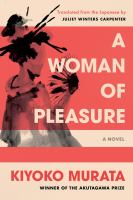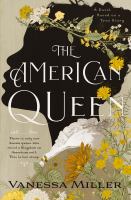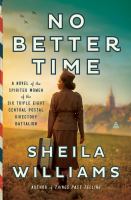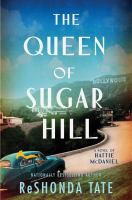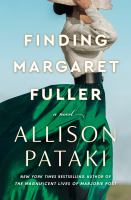Since March is Women’s History Month, we’re sharing some of the Historical Fiction books that were published in the last year by women, about women in history!
Becoming Madam Secretary by Stephanie Dray
Frances Perkins arrived in New York in the early 1900s with the conviction that she could make a difference for women and children working in horrible conditions in factories. She ultimately was named Franklin D. Roosevelt’s Secretary of Labor, and was instrumental in establishing many New Deal policies, including the 40-hour work week, minimum wage, and an end of child labor. This book chronicles both her professional life and her personal life, including the difficulties of balancing them in front of the world that doesn’t want a woman to succeed.
The painter’s daughters by Emily Howes
What lengths will you go to in life to protect your sister? Peggy Gainsborough (daughter of the famous painter Thomas Gainsborough) knows her sister Molly would be put in an asylum if the world saw her during one of her bouts of mental confusion. She does all she can to hide her sister’s slips into mental illness, until she falls in love and everything goes wrong. While Gainsborough’s daughters were only famous through his portraits of them, this examination of how mental illness, especially in women, was treated in the 1700s is fascinating.
A woman of pleasure : a novel by Kiyoko Murata
In the early 1900s in Japan, girls were sold to brothels when their families couldn’t support them. Aoi Chi came from a modest background, but became the protégé of an oiran, which was the highest-rank courtesan in the brothel. Being sold to a brothel meant she was well-educated, fed and clothed, and the patronage of the oiran brought her even more power and knowledge. Ultimately, she led a strike of courtesans and brought about change in the red-light districts of Japan. This book is based on the real-life courtesan strike in Meiji-era Japan in the early 1900s.
The American queen : a novel by Vanessa Miller
Louella begins this book as a slave on a plantation, with hate in her heart. As she and all of the slaves are freed, and decide to travel to the Carolinas, she begins to hope that perhaps she and her husband William can build a new kind of place, where all people can be treated with respect. This book is based on the real-life settlement of the Kingdom of Happy Land, on the border of North and South Carolina. Louella and William were the queen and king, but everyone worked and their goods were shared communally.
In a time of segregation and war, women of all ages, races and economic levels served in the Women’s Auxiliary Corps in the 1940s. A group of Black WACs were sent abroad to sort and handle the mail to GIs, which numbered more than 17 million pieces of mail, and which had been housed in warehouses and airplane hangars, in far-than-pristine conditions. After the war, these women came back to the United States and fought for their right to be treated as equals. Williams illuminates these women, whose sacrifices and contributions to the war have been unknown until now.
The Queen of Sugar Hill by Reshonda Tate Billingsley
Hattie McDaniel should be on the top of the world, after being the first African to win an Academy Award. But many White people hate her for “not knowing her place” and many Black people hate her for “selling out” by portraying the typical slave in the antebellum South. But McDaniel forged on, leading the way for other African American actors, fighting against discrimination in housing, and navigating a difficult personal life with four failed marriages. Billingsley took historical data and created a wonderful portrait of McDaniel that brims with life.
Finding Margaret Fuller by Allison Pataki
Margaret Fuller led a full, rich life as a journalist, crusader, patron of the arts, muse and revolutionary leader. Ralph Waldo Emerson invited her to spend time with his friends, where she influenced Louisa May Alcott, Nathaniel Hawthorne, Henry David Thoreau, as well as Emerson himself. She co-founded a magazine, served as the first female foreign news correspondent, was the first woman admitted to the library at Harvard University, and had many other accomplishments in her life, including marrying a count in Italy and working for Italy’s unification. This is a sweeping epic of a novel that just happens to be based on real life events!
Mary Beth Adams is the Community Engagement Librarian for Alamance County Public Libraries. She can be reached at madams@alamancelibraries.org.

